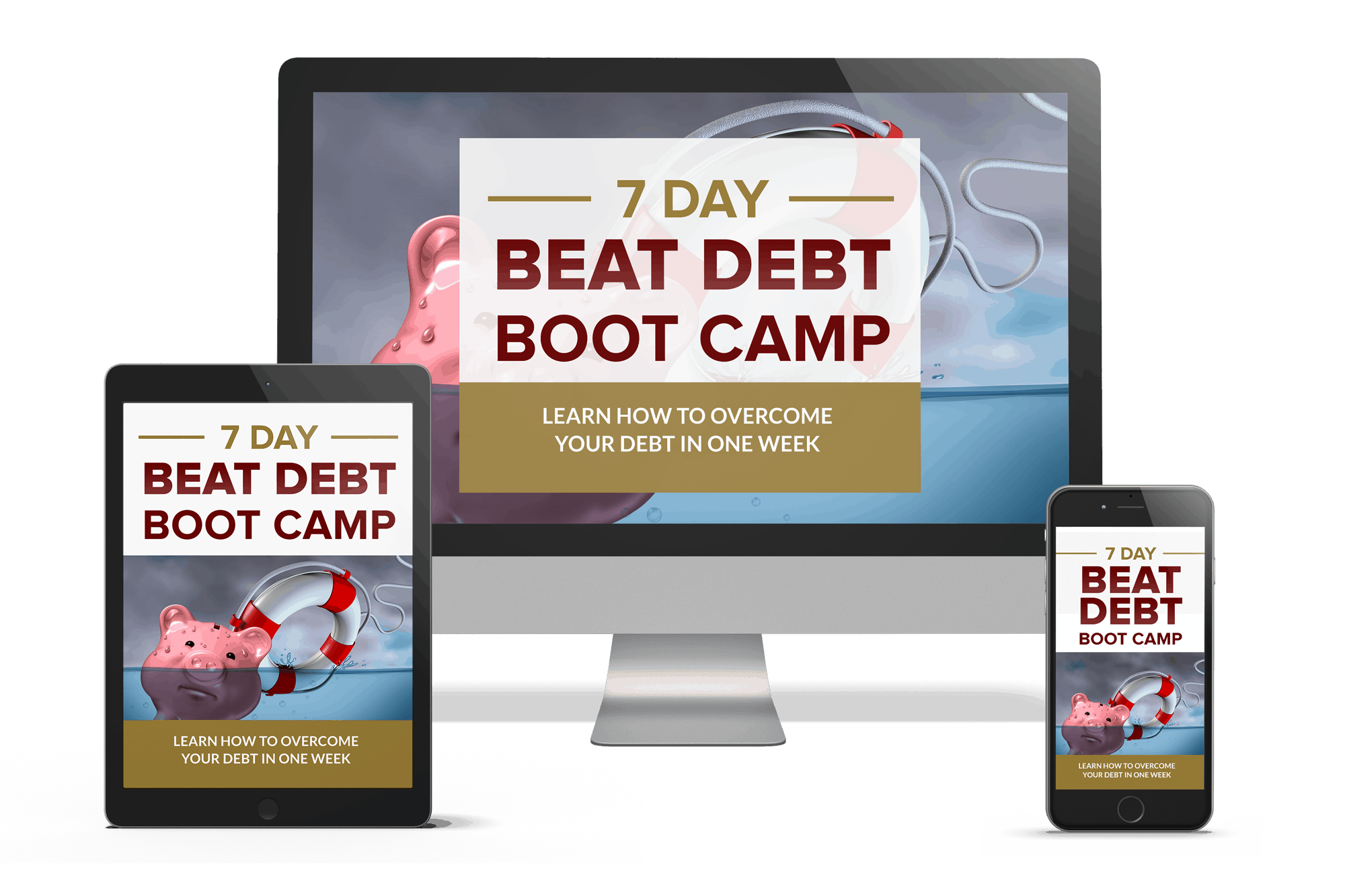THIS POST MAY CONTAIN AFFILIATE LINKS. PLEASE SEE MY DISCLOSURES. FOR MORE INFORMATION.
Teens can establish and build up their credit with the right credit cards.
Finding and choosing the best credit cards for teens can be difficult, so it’s essential to research the card’s benefits and features first.
It’s also critical for teens to understand the concept of credit and how it works.
After all, their credit score follows them throughout their adult lives.
Being aware of the possible benefits and pitfalls of having a credit card adequately prepares them for the responsibility.
Table of Contents
What Is a Credit Card?

Credit cards are physical cards used to pay for purchases with the understanding that the amount spent will be repaid in full or in installments later.
Banks, other financial institutions, and stores issue credit cards.
Credit card companies add interest to balances that are owed.
The longer it takes to pay off a credit card balance, the more interest is added.
Paying off the balance owed as quickly as possible saves money over time because it lowers the amount of interest added to it.
Using a credit card is the same as borrowing money from the bank.
Each month, the bank sends out a statement listing the current balance, transactions from the previous month, and the minimum payment due. (Make certain you know the basic credit card terms so you don’t saddle yourself with debt.)
On-time and late payments are reported to the three major credit bureaus – Equifax, Experian, and TransUnion – to determine the individual’s credit score.
A credit score reflects how likely someone is to pay their bills on time.
Timely payments increase a credit score, while late payments decrease it.
Whether it’s a secured or unsecured credit card or one that offers travel rewards or cash back as perks, there’s a credit product available to meet the needs of teen cardholders.
It’s simply a question of finding the correct credit card type for the individual.
Best Credit Cards for Teens: Secured Cards
Secured credit cards are a practical option for young people looking to establish credit in their names or to build their credit history.
Secured credit cards require an upfront deposit equal to the amount of credit granted.
It’s easier to qualify for a secured credit card than an unsecured card.
Cardholders must maintain an on-time payment history.
If they do, they are usually offered the opportunity to advance to an unsecured credit card.
Defaulting on the payments of a secured card means forfeiting the security deposit.
Some of the top secured credit cards for teens include:
- Discover It Secured Credit Card
- Capital One Platinum Secured Credit Card
- Secured Sable ONE Credit Card
- OpenSky Secured Visa Credit Card
Best Credit Cards for Teens: Unsecured Cards
Another method of establishing a credit history for teen consumers is unsecured credit cards.
These cards have a higher threshold to qualify for them than a secured credit card.
Unsecured cards typically have a lower annual percentage rate and offer benefits like rewards, lower fees, travel miles, and cash back.
Credit card issuers sometimes provide unsecured credit cards with a promotional 0% interest rate.
An on-time payment history with an unsecured credit card is an excellent foundation for opening other credit accounts, such as secured and unsecured car and mortgage loans.
Some of the best unsecured credit cards for teens include:
- Citi Simplicity Card
- Chase Freedom Unlimited
- Blue Cash Everyday Card from American Express Card
- Upgrade Select
Best Credit Cards for Teens: Credit Building Cards
Unsecured credit cards are specifically intended to help teen cardholders establish a new credit history or rebuild a delinquent credit history.
These cards may have a lower credit limit than traditional unsecured credit cards.
They may also have higher interest rates.
A good payment history with a credit-building card can make it easier to be approved for a traditional unsecured card.
Some of the best credit-building cards for teens include:
- Chase Freedom Rise Credit Card
- Capital One Platinum Credit Card
- Step Credit Card
- Petal 1 and Petal 2 Visa Credit Cards
Best Credit Cards for Teens: Cash Rewards Cards
One of the perks of unsecured credit cards is cash-back rewards.
Cardholders receive a small percentage back for each qualifying transaction the credit card is used to pay for.
Credit card companies also offer cash-back benefits on specific transactions, such as gasoline, grocery store, restaurant, or drug store purchases.
The cash-back rewards are paid by paper check, a gift card, a direct deposit to a linked bank account, or applied as a credit towards the credit card balance.
Some of the best cash rewards credit cards for teens include:
- Capital One Quicksilver Rewards Credit Card
- Citi Double Cash Card
- Discover It Student Cash Back
- Bank of America Customized Cash Rewards for Students
Best Credit Cards for Teens: Student Credit Cards
As the name implies, student credit cards are specifically made to give students a chance to establish a credit history.
Student credit cards are unsecured and easier to qualify for than traditional ones.
These cards generally have lower credit limits than conventional ones and may have higher interest rates.
One of the criteria to qualify for a student credit card is proof that the prospective cardholder is a current student at a college or university.
Additional criteria include credit score, annual income, debt-to-income ratio, and the length of credit history.
Student credit cards offer more financial protection against fraud than debit cards and are safer to carry than cash.
Some of the best student credit cards for teens include:
- Capital One SavorOne Student Cash Rewards Credit Card
- Discover It Chrome for Students
- BankAmericard for Students
- Deserve Digital First Card
Best Credit Cards for Teens: Travel Rewards Credit Cards
Teens who plan to go on domestic or international trips should consider applying for a travel rewards card.
These credit cards offer rewards to consumers when using the card to pay for travel-related expenses, such as airline tickets, hotels, and gasoline.
The more a travel reward card is used to pay for trip-related expenses, the greater the rewards are received.
The rewards can come in the form of points or miles that can be redeemed for future hotel stays, flights, and other vacation-related expenses.
Some of the best travel rewards credit cards for teens include:
- Bank of America Travel Rewards for Students
- Discover It Miles
- Capital One VentureOne Rewards
- Delta SkyMiles Blue American Express Card
The Pros and Cons of Credit Cards

Credit cards can provide numerous benefits to teen cardholders.
Still, they can also create problems if card users are not careful.
Before applying for any credit card, teens should know the pros and cons of credit cards to better understand what they are signing up for.
Credit Card Pros
- Safer than carrying cash
- More security protections than debit cards
- Convenient to use
- Allows users to build credit
- Increased purchasing power
- Perks and rewards
- Teaches budgeting of income
Credit Card Cons
- Running up ongoing debt
- Potential for overspending
- Added fees for late payments
- Adverse credit reporting for late payments
- High-interest rates on balances
Responsible Use of Credit Cards
When used responsibly, credit cards are a vital financial tool.
When misused, they can cause damage to a credit score that takes time, money, and effort to repair.
Credit cards should be used sparingly, and unnecessary purchases should be kept to a minimum.
Pay off the credit card balance in full each month and make all payments early or on time.
A credit card’s payment history determines a person’s credit risk.
A history of timely payments indicates someone is a reasonable credit risk.
In contrast, a history of late or missed payments shows the individual is a poor credit risk, likely making them ineligible for additional credit.
Avoid spending the credit card up to its credit limit because that can negatively impact the credit utilization ratio, which is the percent of the credit being used from the total amount of credit available to a consumer.
For example, if $4,000 of a $10,000 line of credit is used, the credit utilization ratio is 40%.
Lenders use this ratio to determine how well an individual manages their debts.
Someone with a high credit utilization ratio is seen as having a higher credit risk, making them less likely to be approved for additional credit cards and loans.
The credit utilization ratio is another reason teens should not open too many revolving credit accounts, such as bank or store credit cards.
Having too many open accounts with high outstanding balances can make them look like a poor credit risk.
Things to Remember
Credit cards are ideal for teens to establish or rebuild their credit histories.
Teens have multiple credit card options, whether secured or unsecured, geared towards students, or offer cash back or travel rewards.
The best credit cards for teens offer convenience, perks, and cardholder protections.
It’s vital for teens using credit cards to understand how they’re used and their responsibilities regarding having them.
Adults can help teens obtain a credit card, understand their use and significance, and learn how to utilize it in their monthly budgeting.
These lessons help teen credit card holders navigate the benefits and uses of credit.
The lessons learned as teens are a level of financial knowledge they can carry through adulthood and the rest of their lives.
This article originally appeared on Wealth of Geeks.
- Read now: Here is what happens if you stop paying your credit cards
- Read now: Learn the impacts of maxing out your credit card
- Read now: Discover the warning signs your debt is out of control
Stephanie Allen is a freelance writer for Wealth of Geeks. Her areas of specialty include movies, television, sports, and trending topics. She is also a technical writer, specializing in IT documentation.

